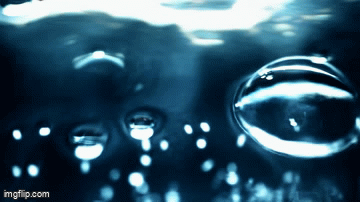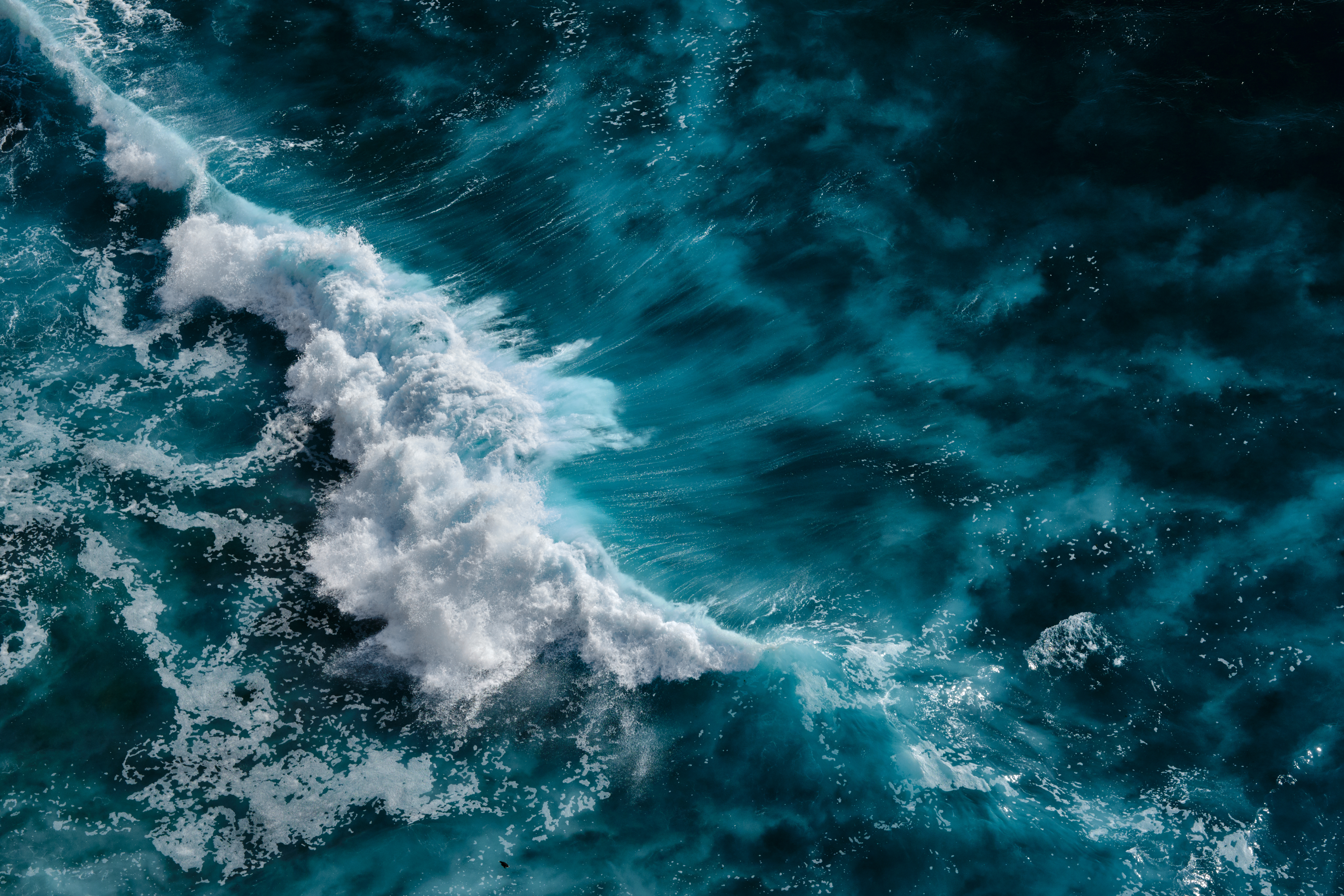


Scientists have long known that more than 80 percent of ocean-dwelling species disappeared; they have long debated what happened on land. Now, researchers are reporting that land-dwelling species were equally decimated during the extinction, which marked the end of the Permian period. After the massive wave of devastation swept through, just a few "disaster" species remained, including a handful of large four-legged creatures.
These creatures did not have it easy. While newly formed species of marine life swam in an ocean close to boiling 24/7, land animals suffered a similar fate. Two important groups of animals dominated the Permian landscape: Synapsids and Sauropsids.

Synapsids had skulls with a single temporal opening and are considered the lineage that eventually led to mammals. Sauropsids had two skull openings and were the ancestors of the reptiles, including dinosaurs and birds.
In the early Permian, synapsids would become the dominant group of land animals. The group was highly diversified. The earliest, most primitive synapsids were the pelycosaurs, which included an apex predator, a genus known as Dimetrodon. This animal had a lizard-like body and a large, bony sail on its back. Despite its lizard-like appearance, recent discoveries have revealed that its skull, jaws, and teeth are more closely related to those of mammals than to reptiles.
But back to how their environment changed. Following the volcanic eruptions, the fallout led to widespread habitat destruction, including the loss of forests due to wildfires and the decline of reefs caused by rising ocean acidity. This chain reaction led to a significant shift in predator-prey relationships, resulting in a simplified ecosystem dominated by a few species for millions of years. The survivors lived on the edge of collapse for about 8 million years until ecosystems could stabilize and new food webs could form.
